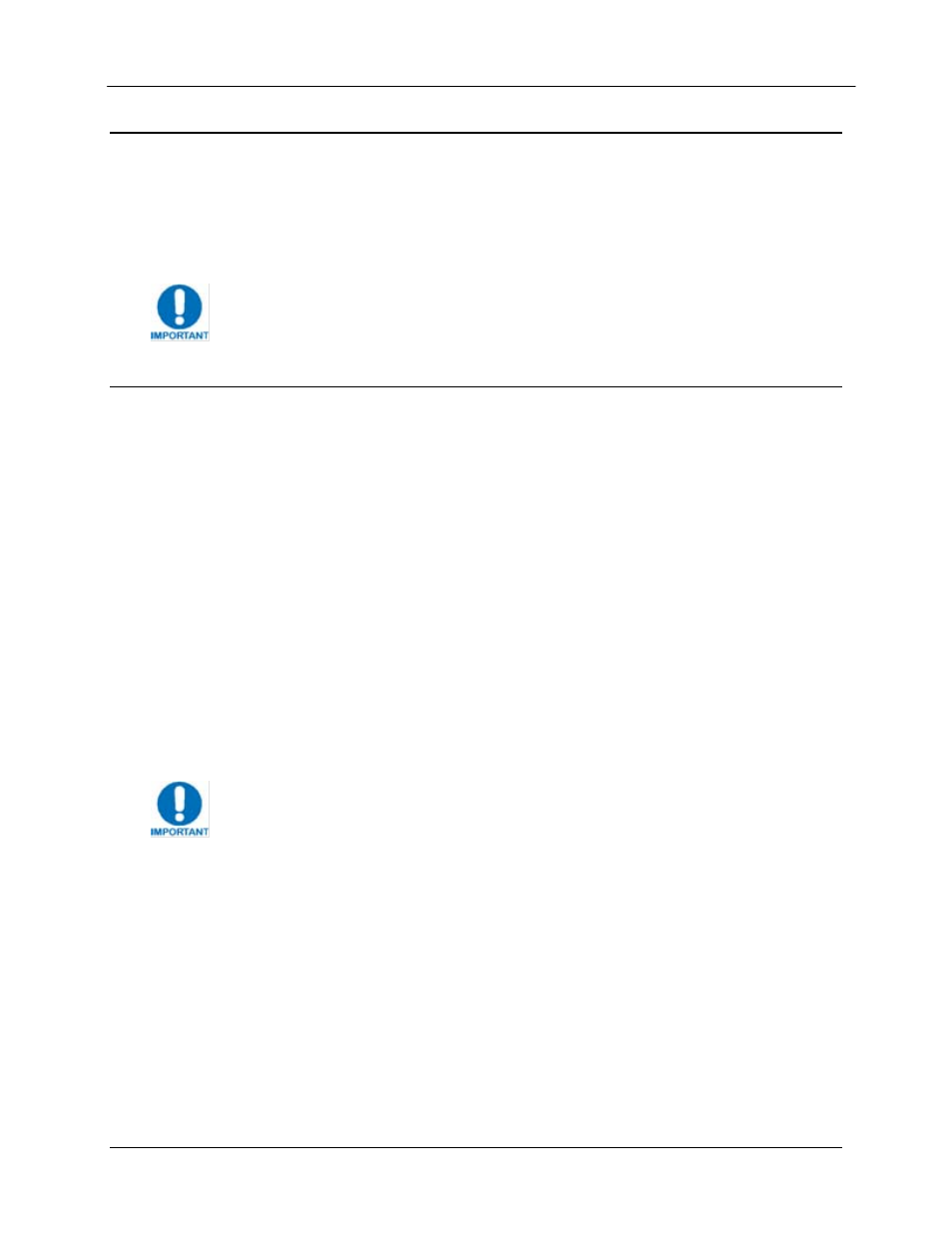Comtech EF Data DM240XR User Manual
Page 190

DM240XR High-Speed Digital Modulator
AutoEQ™ Interface Operation Guide
MN-DM240XR– Revision 13
D–10
D.7
AutoEQ™ Operation Procedure
The following sequence must be followed in order to perform the initial AutoEQ™ Calibration.
The sequence is identified into three (3) individual sections: 1) Reference Acquisition
Calibration (REF ACQ) - optional, 2) Equalizer Calibration (CALIBRATING), and 3) Equalizer
Modes (NORMAL). These three menu selections are selectable under EQ CAL.
All DM240XR Faults and Alarms must be cleared prior to any AutoEQ™
Calibration process. If Data is not present on the DM240XR Data interface
causing a data Alarm, Advanced ASI may be selected for the AutoEQ™
Calibration (Advanced ASI inserts Null Packets into the Data Stream).
D.8
Reference Acquisition Calibration (Optional Step)
This Section will establish the calibration reference for the AutoEQ
™
Interface Card. This
optional step may be preformed prior to Equalizer Calibration. This step is optional as
default reference(s) are already loaded into the system. This operation will replace the
default reference(s) with the actual references measured during the calibration cycle. The
modulator must be programmed for an L-Band frequency and the AutoEQ
™
RXIF
Frequency programmed to match.
1. Install the AutoEQ™ PIIC Interface into one of the available PIIC Slots on the DM240XR.
2. Verify that the DM240XR revision is FO5377-K or greater.
3. Insure that there is a Flash Card installed in the Flash Card slot on the DM240XR.
4. Using the Front Panel menu, set the DM240XR Modulator Data Rate, Modulation type, Roll
off, and remaining Modulator parameters to the required system settings.
5. Using the Front Panel menu, scroll to “RXIF” located under the EQUALIZER menu and set
the AutoEQ “RXIF”.
For best results it is suggested that the RXIF frequency used to acquire the
reference be the actual frequency used to perform the equalization calibration.
6. Using the Front Panel menu, set the DM240XR Transmit Frequency (L-Band) to match the
programmed AutoEQ RXIF Frequency.
7. Using the Front Panel menu, set the DM240XR TX Output Power to -10 dBm.
8. Connect the DM240XR L-BAND Output (J11) through a 20 dB attenuator then to the AutoEQ
Interface RXRF Input (J12) using a suitable L-Band Cable.
